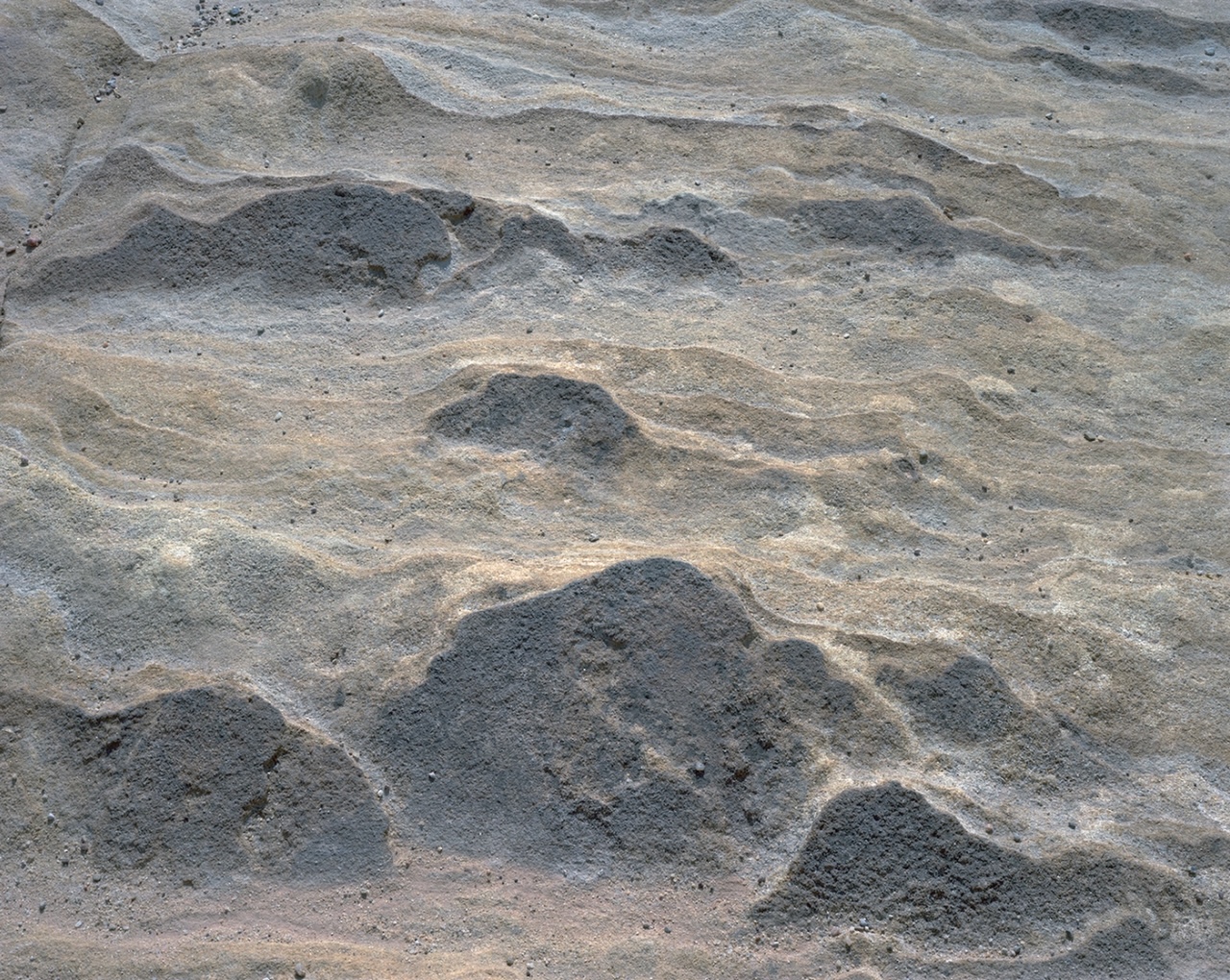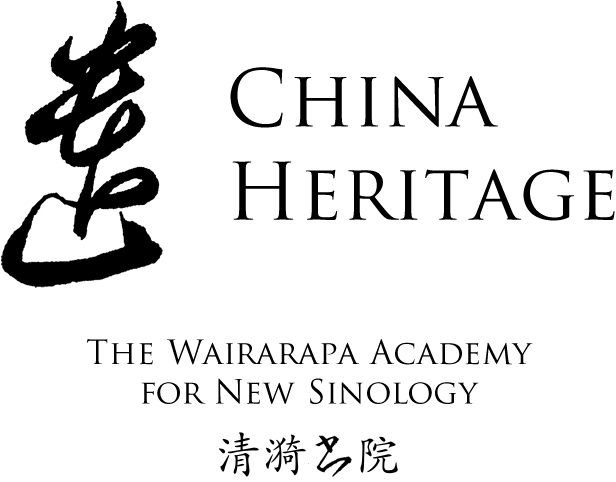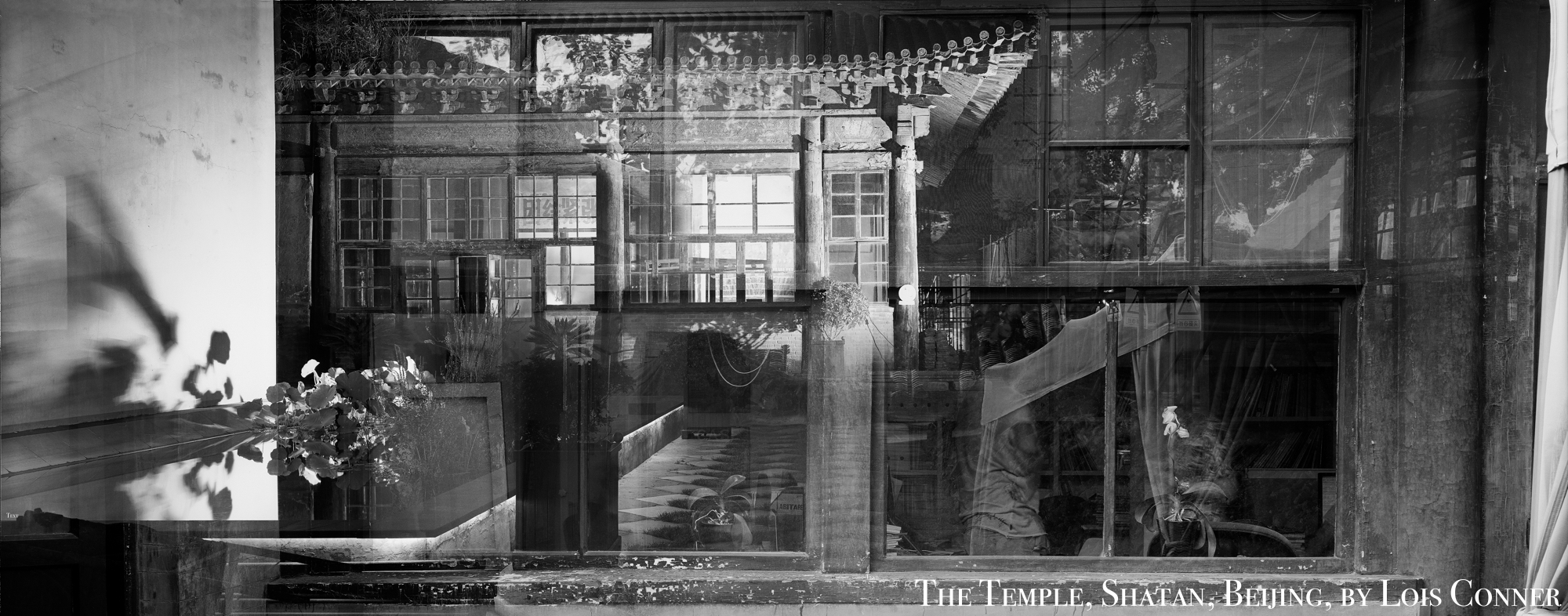不鳴則已
Over the years, China Heritage has noted some of the discomforting parallels between the histories of modern China and America. We have pursued our parallax bilateralism in the spirit of what I think of as ‘Larrikin Sinology’ — the wary study of a serious subject undertaken in an irreverent mood. In our pursuit, we deploy some of the skills of China Watching to watch America.
We first gazed through our Sino-American lens with the publication of A Monkey King’s Journey to the East on 1 January 2017 on the eve of Trump’s inauguration as president. During that first term, we commented on the ways that both Offical America and Official China twist modern history to serve their needs — see Mangling May Fourth 2020 in Washington and Mangling May Fourth 2020 in Beijing — and observed that:
Those of us who are inextricably involved with both of those nations while living, for the most part, on the periphery of these cheek-by-jowl empires, have witnessed a decades-long ‘apache dance’.
In the wake of Trump’s electoral defeat in 2020, we launched Spectres & Souls — Vignettes, moments and meditations on China and America, 1861-2021. This was a yearlong discussion in which we suggested that many of the spectres and shades, as well as the enlivening souls and lofty inspirations, that asserted themselves both in China and the United States in 2021 could fruitfully be considered in the context of the 160-year period starting in 1861. In November that year, the successful Xinyou Coup 辛酉政變 at the court of the Manchu-Qing dynasty that had ruled China for two centuries ushered in a short-lived period of rapid reform, one that, in many respects continues to this day, even as it falters. While, in February 1861 on the other side of the Pacific Ocean seven slave-owning states broke with the Union that had been established under the Constitution of 1787, resulting in a four-year civil war. The successful conclusion of that war saved the Union, but the failure of the subsequent era of Reconstruction had profound ramifications for the state of that union, and the United States of America generally.
Empires of Tedium
Our series Contra Trump — America’s Empire of Tedium was launched in November 2024, following Donald Trump’s second electoral victory. In it, we refer both to Xi Jinping’s China and to Trump’s America as ‘empires of tedium’. That is to say, regardless of their formidable strengths, be they overlapping or contrasting, the People’s Republic of China and the United States of America are in a circuit of history from which they both may, eventually, grow out of or escape from. To achieve that velocity of positive change requires the painstaking and tiresome work of facing the tedious realities of the past and the crippling realities of the present. For those mindful of American and Chinese socio-political change over the past sixty years, the recidivism of the 2020s is tedious, troubling and tenebrous. In both cases, the inevitable biological attrition that faces their respective ‘Great Men’ may promise a brighter future. Or not.
Given the haunting parallels between Trump’s USA and Xi Jinping’s Chinese Republic, we believe that it is time for a new academic and journalistic analytical approach to the Sino-American conundrum. We’ll call it ‘Whataboutism Studies’, a somewhat different form of ‘Both-Sidesism’, and it explores how the Horseshoe Theory might offer a useful perspective on the bilateral apache dance. The theory suggests that the right — in this case ‘American Fascism’ — and left — China’s state socialism bend toward each other like the ends of a horseshoe. Even though false equivalencies abound in US-China discussions, real equivalents deserve attention, in particular in the post-COVID era when political and economic pilgrims seek influence as New China Experts.
Responding to Noah Millman’s thesis about the four junctures in America’s constitutional history, we would note the impact of four coups in post-1949 Chinese affairs. They are:
- 1966 — when Mao Zedong overturned the party-state on the pretext of saving the nation from Soviet-style revisionism;
- 1976 — the Huairentang Coup when key leaders of the Maoist government were arrested and the pre-1966 old guard were restored to power to lead a decade of economic (and tentative political) reform;
- 1989 — when Deng Xiaoping and his fellow post-Mao gerontocrats overthrew the head of the Party and toyed with a three-year-long counter-reform; and,
- 2012 — when Xi Jinping, who would soon become head of the party-state-army, carried out a rolling bureaucratic coup against the state, installed himself as a Chairman of Everything and engineered a position of terminal tenure.
In short, this is a story of Revolution, Reform, Reaction and Restoration. (For more on the ‘Four Rs’, see Xi Jinping’s Empire of Tedium.)
***
東家是個普羅,西家是個法西。灑家則看不上這些玩意兒,一定要說什麼主義,咱只會說是想做人罷。
— 林語堂,1934年
***
老實說,我們現在爭取自由,在國民黨統治下,這個“自由”還是一個“多”“少”的問題,假如共產黨執政了,這個“自由”就變成了一個“有”“無”的問題了。
— 儲安平,1947年
***
Contra Trump
America’s Empire of Tedium
述而不作
Contents
- A Glum Convergence — Donald J. Trump & Xi Jinping
- China’s Art of Containment
- Eight Years On
- Twenty Lessons for a Nation Sleepwalking into Autocracy
- Sympathy for the Devil in China, America and Russia
- America — History Can’t Judge & It Certainly Won’t Absolve
- Trump Action Tracker — Keeping a tally of Trump’s actions
- Project 2025 Tracker
- Presidential Actions, The White House
Annex: The Other America
- MAGADU — Kubla Khan, Xanadu & the 2024 American presidential election
- Waiting for the Barbarians in a Garbage Time of History
- Unless we ourselves are The Barbarians …
- What seeds can I plant in this muck?
- If you elect a cretin once, you’ve made a mistake. If you elect him twice, you’re the cretin.
- The Great Red Wall — A Remarkable Coalition of the Disgruntled
- A Political Monster Straight Out of Grendel
- Trump is cholera. His hate, his lies – it’s an infection that’s in the drinking water now.
- Trump Redux — Who Goes Nazi Now?
- An Elegiac Eulogy from Unf*cking The Republic
- The American Green Zone in Our Consciousness
- Those 107 Days
- ‘I Think I’m Gonna Hate It Here’ — Randy Rainbow introduces the clown-car cabinet of MAGADU
- 6 January 2021 to 6 January 2025 — America’s Slow-rolling Autogolpe
- T2 – A Feature, Not a Bug
- Trump’s Inauguration — Can we call it fascism yet?
- ‘Stupid, stupid, stupid’ — A.A. Gill on The Golden Door
- America’s Real Cold War
- The Backlash Blues in Black History Month
- Duh! Of course it is a Coup — an Auto-golpe
- Triumph of the Cod Philosophers and their Dark Enlightenment
- Death Wish — Promises Made, Promises Kept
- Gödel’s Loophole and American’s ‘Cultural Revolution’
- Jeremy Goldkorn in conversation with Geremie Barmé, How to commit a self-coup, in the U.S. and in China — What recent Chinese history can teach us about the Musk-Trump power grab, Rhyming Chaos, 21 February 2025; and, A constant bombardment of noise and information — China, 1974 to America, 2025, Rhyming Chaos, 5 October 2025
- Ready Player One — the Narrenschiff of American Gods
- ‘I will not back down. I will not bow or scrape. I will never obey.’ — An Open Letter to Elon Musk
- Qualis rex, talis grex
- Edgelords & Besserwissers
- ‘We Let This Guy Defy Democracy’ — Randy Rainbow Soars
- March of the Bootlickers in a State of Disunion
- American Juche
- ‘We’ll Dream of Being Blind’
- America’s Catatonic Constitution
- TDS Down Under — Drongology and the Conga Line of Suck-holes
- T2 — two months, twenty-two cartoons
- The Assault on Higher Education: ‘The brute has invaded the grove’ — Trump-era universities & the echoes of China; Market Tides and Shifting Political Sands in Higher Ed; Dwell not in a Country that is in Turmoil — an Historian’s Warning; Hic sunt dracones — independent spirits and unfettered minds; A Fierce Independence of Mind — The Other America …
- Twenty Lessons for a Nation Sleepwalking into Autocracy
- Like the devil, vampires, and the more timid varieties of ghost, fascism must be invited in.
- ‘Go fuck yourself. With a French press, Bill.’
- The Lessons of Orbán’s Hungary for Trump’s America, according to Miklós Haraszti
- FYI: Chinese Trump Doesn’t Give a Fuck
- Benito Milhous Caligula — a Reign of Corruption, Caprice and Cruelty
- Hollow Men and Wooden People in Xi’s China and Trump’s America
- Homo deus — Xiao Shu on Elon Musk’s War
- May Fourth 2025 in Erewhon & the Enemies of the Open Society
- One Hundred Days of the Trump Restoration
- Why I’m Resigning
- Trump’s Gaza — a tech fascist casino built atop the disaster capitalism of genocide and mass displacement
- 25 May 2025, Centenary of ‘The Monkey Trial’
- Billionaire Dilettantes
- Amerikanisches Narrenschiff — a Ship of Fools & the Rule of Idiots
- At a Crossroad — protests, birthdays and boiling frogs
- Donald Trump’s Celebration of Civil War
- 貳佰伍 — No Kings Day
- Resisting the Trump Regime — advice from 1965 Taiwan
- Surveillance States — when Xi’s China & Trump’s America see eye to eye
- The Fourth of July 2025 & the Enemy Within
- Sam Kriss on his Zombie Era — flow & aura farming the end days
- Tisha b’Av 2025 — The Weeping Prophet and Israel’s Immanent Critics
- The Duck of American Fascism
- The Narcotic Narcissism of Official History in Trump’s America and Xi Jinping’s China
- “An ambassador is an honest gentleman sent to lie abroad for the good of his country.”
- America’s Grievances Against Its “King” on Constitution Day 2025
- Cancel Culture
- Li Yuan, Jimmy Kimmel’s Suspension Showed How Trump Echoes China’s Crackdown on Dissent, The New York Times, 22 September 2025
- ‘Break a leg’, that’s not just an old saw. Notes on the 2025 Riyadh Comedy Festival
- A Century of Gore
- How “No Kings” Betrays 1776
- The Magic Christian & a Reign of Scheiße
- History Makes Way for a Brooklyn Baroque Catering Hall
- The Ji Clan at Mar-a-Lago
***


